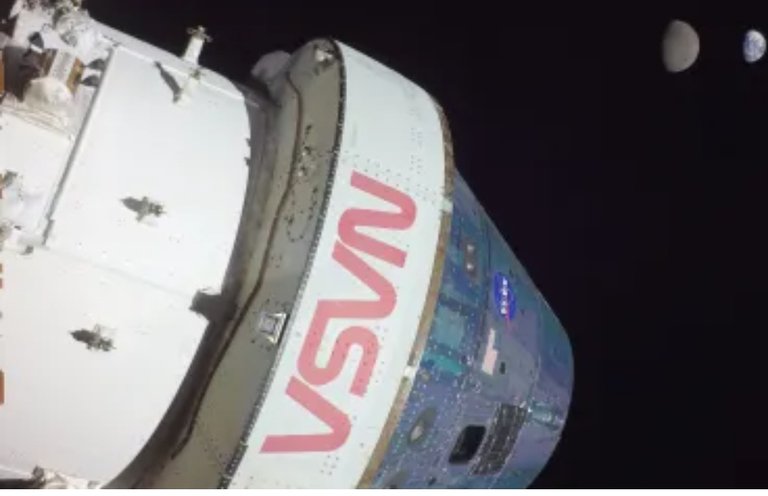Space
Artemis Mission: NASA sends dummies to the Moon to evaluate astronauts' journey
As NASA's Artemis II mission — which will send four astronauts to circumnavigate the Moon next year — approaches, a new study reveals how well the Orion spacecraft will protect the crew. To do this, dummies flew around the Moon in a mission that astronauts will soon be able to follow. Scientists have also just revealed what the models' trip was like.

The findings are based on data from Artemis I, a 25-day trip that took place around the Moon and back to Earth in late 2022. On that mission, the Orion capsule, which followed a similar trajectory to that predicted for Artemis II , was unmanned but carried special non-human guests.
Two of these guests, torsos of mannequins named Helga and Zohar, were used to test how much radiation astronauts might face when venturing to the Moon. The models were made from materials that mimic a person's soft tissues, organs and bones and, as the spacecraft, included detectors to monitor radiation exposure along the way.
Now, scientists have released the first results after studying data from the detectors, published on Wednesday (18), in the journal Nature. The findings show that the shielding technology used on the ship was effective in mitigating radiation during the journey.
“The Artemis I mission marks a crucial step in advancing our understanding of how space radiation affects the safety of future manned missions to the Moon,” said Sergi Vaquer Araujo, space medicine team leader at the European Space Agency, in a statement.
Araujo did not participate in the study, but the European Space Agency contributed five mobile dosimeters to measure radiation throughout the Orion spacecraft.
“We are gaining valuable insights into how space radiation interacts with spacecraft protection, the types of radiation that penetrate the human body, and which areas within Orion offer the most protection,” Araujo added.
NASA has been studying the impact of space radiation on human health for decades, dating back to the first manned missions in the 1960s. Data is also regularly collected from astronauts who spend six months to a year aboard the International Space Station.
The station remains in low Earth orbit, meaning it is partially shielded by the planet's magnetic field in addition to the heavy shielding built into the space lab's design. Earth's magnetic field also prevents cosmic rays from reaching astronauts.
Sensors embedded in the Orion capsule captured continuous radiation data on the journey from Earth to the Moon and back for the first time, researchers said. Although there is some data from the Apollo missions, it was not collected continuously.